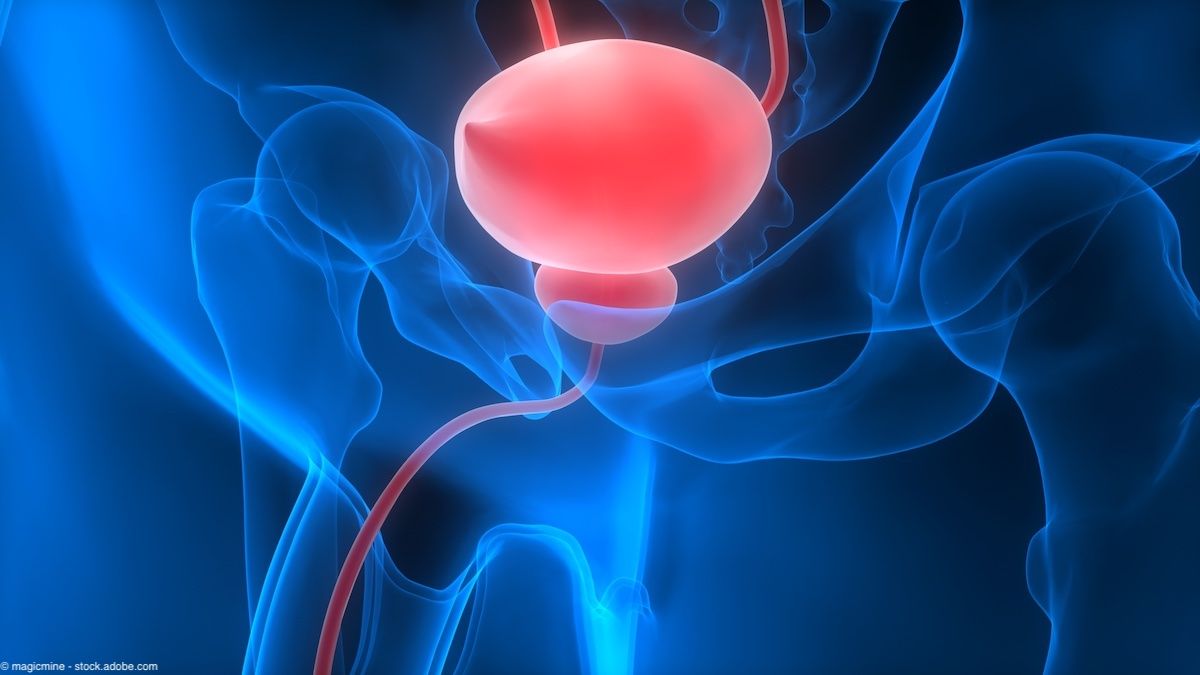Article
Study: Vesicoureteral reflux renal damage risk factors identified
An experimental scoring system has identified several key risk factors associated with the potential for renal damage and surgical intervention in vesicoureteral reflux.
San Francisco-An experimental scoring system has identified several key risk factors associated with the potential for renal damage and surgical intervention in vesicoureteral reflux.
"The goal of VUR treatment is to minimize long-term renal damage, but few studies actually compare the risk of renal damage in considering operative and non-operative treatment options," said Akanksha Mehta, MD, chief urology resident at Brown University Warren-Alpert School of Medicine, Providence, RI. "We devised a scoring system based on a review of the literature and applied the system retrospectively to determine whether pediatric urologists were following risk-based recommendations to minimize the potential for renal damage."
The existing literature on VUR provides evidence-based data for seven factors associated with risks for renal damage, Dr. Mehta told the 2010 American Academy of Pediatrics Section on Urology annual meeting in San Francisco. These factors include patient age, presentation, dysfunctional elimination, upper tract status, breakthrough pyelonephritis, grade of reflux, and family compliance.
Dr. Mehta, working with Anthony A. Caldamone, MD, and colleagues, created a weighted scoring system for the seven factors that have been shown to influence the risk of renal damage in children with VUR. Scores for each of the risk factors ranged from zero or one to three. Age of the patient, for example, was scored at one for children older than 4 years, two for children between 1 and 4 years, and three for children younger than 1 year of age. Family compliance scored zero for compliance and three for non-compliance, and so on.
Individual scores for each factor were added to arrive at a total score for each of 220 patients with VUR from a total of nine pediatric urologic practices. Within the overall patient population, 112 children had been treated surgically and 108 treated non-surgically. Each risk factor was evaluated as a predictor for surgical intervention as well as the overall score.
Four statistically significant predictors
Of the seven risk factors evaluated, four emerged as statistically significantly predictors for surgical intervention, Dr. Mehta said. Age greater than 4 years compared to less than 1 year was a positive predictor for surgery (p=.0034). So were grade IV or V reflux (p=.0428), bilateral abnormality of the upper tracts on ultrasound or other imaging technique (p=.004), and one or more episodes of breakthrough pyelonephritis (p=.0009). None of the other risk factors evaluated, including type of presentation (cystitis vs. pyelonephritis), type of elimination dysfunction (urinary vs. urinary plus bowel), and family compliance (compliant vs. non-compliant) showed a significant association with the type of treatment.
A higher overall score was also associated with the likelihood of surgical intervention.
"The decision for surgery was guided by physicians' assessment of these risk factors," Dr. Mehta concluded. "We need prospective studies to validate these results. It would also be useful to have additional detail, such as the factors associated with endoscopic and open procedures."





